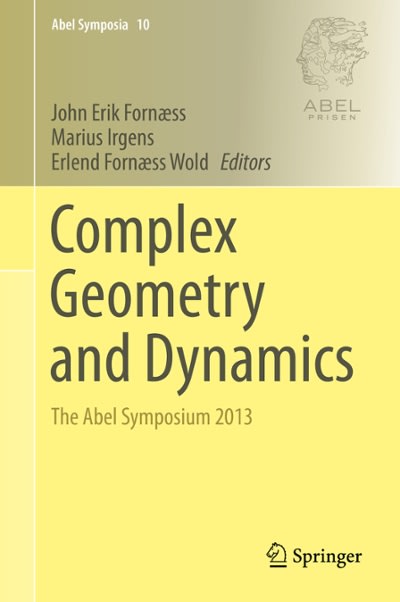Question
Data file for parkinsons is available in the following link:https://1drv.ms/u/s!AgkfGBOH7O0Ampd2CgAyKNNN4Dk4ug?e=53WldN. https://1drv.ms/u/s!AgkfGBOH7O0Ampd3-fwNwNmA_FuWTQ?e=ANBHYo Question 1 In this question, you will implement kmedians with L1 distances. Write an
Data file for parkinsons is available in the following link:https://1drv.ms/u/s!AgkfGBOH7O0Ampd2CgAyKNNN4Dk4ug?e=53WldN. https://1drv.ms/u/s!AgkfGBOH7O0Ampd3-fwNwNmA_FuWTQ?e=ANBHYo
Question 1 In this question, you will implement kmedians with L1 distances. Write an R function kmedians that takes a numeric data frame x (with one row per data item, and one column per dimension D), and a positive integer K (for the number of clusters), and a positive integer iters for the number of iterations. The function should be a modification of the kmeans algorithm, except: 1) In the step where the cluster locations are updated, set the cluster locations to be the medians of the data items assigned to the cluster (by setting each dimension of the cluster location to the median of the values for that dimension of the data items assigned to that cluster). 2) In the step where data items are assigned to the nearest cluster, assign them to the nearest cluster based on their L1 distance to the cluster locations (instead of their Euclidean distance). Your function should return a list with an element named "locations" providing a K x D table showing the cluster locations, and "assignments" providing a vector of length N showing the cluster assignments at the last iteration. Provide your code. (5 marks)
Question 2 Further modify your code so that instead of initializing the cluster assignments of the data items randomly, instead assign data item i to cluster ((i-1)%K)+1. (i.e., if K = 3 and there are 7 data items, the initialization assigns the data items in order to 1, 2, 3, 1, 2, 3, 1). Run this further modified version of kmedians on the parkinsons dataset with K = 3, and iters = 1000. Report the locations of the 3 clusters. (5 marks) Question 3 Modify your code to match the usual kmeans algorithm (and rename the function to mykmeans). Run your mykmeans algorithm with K = 3 on the parkinsons data. Run R's built in kmeans function on the parkinsons data, with K = 3. Explore the differences between the two implementations with some figures or examinations, and explain why these differences may arise. (5 marks) Question 4 Consider the following two points: The kmeans algorithm is guaranteed to converge after a finite number of iterations (that is, if iters is large enough, eventually the two steps of the kmeans iterations will not change the cluster locations or the cluster assignments of the data items). If the kmeans algorithm is run twice with two different random initializations, then the solutions the two runs converge to may be different. Create a (small?) dataset that demonstrates the phenomenon whereby two runs with two different random initializations converge to two different solutions. You may create the dataset any way you want, and fix the random initializations any way you want. Provide the dataset and the initializations and code and plots demonstrating the difference. (2 marks)
Step by Step Solution
There are 3 Steps involved in it
Step: 1

Get Instant Access to Expert-Tailored Solutions
See step-by-step solutions with expert insights and AI powered tools for academic success
Step: 2

Step: 3

Ace Your Homework with AI
Get the answers you need in no time with our AI-driven, step-by-step assistance
Get Started


